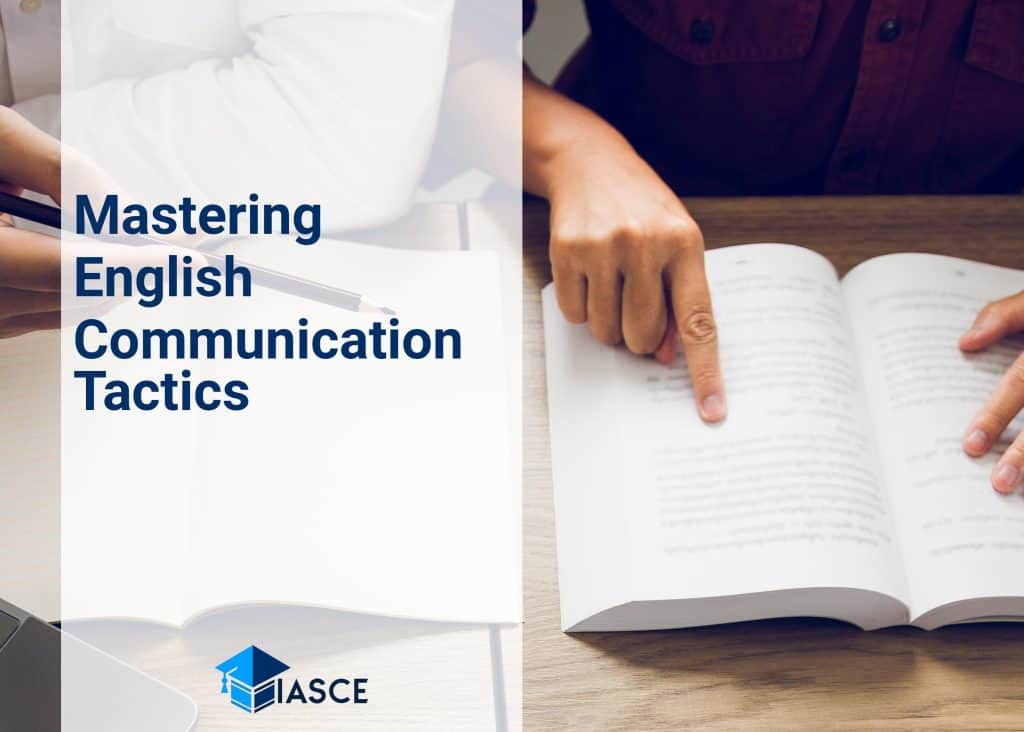Navigating the sea of English conversations, it’s essential to master the art of agreeing and disagreeing. Effective communication isn’t just about what we say – it’s also how we respond to others’ ideas and opinions. In fact, our ability to agree or disagree politely can significantly influence the quality of our interactions.
From professional settings like meetings and presentations, to casual chats with friends or family, knowing how to express agreement or disagreement is a crucial skill. It allows us to engage in meaningful dialogues without causing offense or misunderstanding.
So, let’s dive into this important aspect of English communication together. By mastering these techniques, you’ll find that your conversations become more engaging, productive and respectful.
Understanding the Importance of Agreement and Disagreement in English
Mastering agreement and disagreement in English is crucial, whether you’re a native speaker or learning it as a second language. It’s not just about saying “yes” or “no”. It’s about expressing your thoughts, affirming others’ ideas, voicing dissent respectfully, and engaging in meaningful dialogue.
Agreement plays an integral role in our daily interactions. When we agree with someone’s statement or opinion, it forms a connection between us. It shows that we understand their perspective and share common ground. A simple “I agree” can strengthen relationships and foster productive discussions.
On the other hand, disagreement isn’t necessarily negative. In fact, it’s often essential for progress and innovation. Expressing disagreement challenges prevailing ideas and promotes diverse viewpoints. But here’s the catch – how you disagree matters just as much as why you disagree.
In English, there are numerous ways to agree or disagree without coming across as too blunt or confrontational. The ability to do this effectively can greatly enhance your communication skills.
Let me illustrate this with some examples:
| Statement | Agreement | Disagreement |
|---|---|---|
| “The weather is beautiful today.” | “Yes, it really is lovely.” | “Actually, I find it a bit too hot.” |
| “Our project was successful.” | “Absolutely! We did an excellent job.” | “Well, I think we could have done better on some aspects.” |
By using these varied responses instead of simply replying with yes or no statements allows us to express our thoughts more precisely while also showing respect for the other person’s views.
So remember – mastering agreement and disagreement isn’t simply about being ‘right’ or ‘wrong’. Instead, it opens up opportunities for constructive dialogue where different ideas can be shared and valued.
Strategies for Mastering Agreeable and Contradictory Discussion
Mastering the art of discussion isn’t always straightforward. It’s a fine balance between agreeing, disagreeing, and maintaining a respectful conversation. Here’s what I’ve learned from my experiences and research.
Active listening is an essential starting point. You can’t engage in a meaningful conversation if you’re not truly hearing what the other person is saying. This means putting aside your own thoughts for a moment and focusing solely on the speaker. Nodding or using phrases like “I see” or “Interesting point” shows you’re engaged.
Secondly, when agreeing, it’s more effective to express your agreement with reasons rather than just saying ‘yes’. For instance, instead of saying “I agree”, you might say “I agree because your idea aligns with my understanding of the subject”. Expressing your agreement in this way adds depth to the conversation.
On the flip side, disagreeing needs tactful handling. Bluntly stating “I disagree” can come across as confrontational. Instead try:
- Softening your disagreement: Use phrases like “I see where you’re coming from but…”
- Asking questions: Instead of outright disagreement, ask clarifying questions.
- Offering alternatives: Propose another perspective instead of directly countering theirs.
Here are some examples:
| Agreement | Disagreement |
|---|---|
| I see your point about… | Have you considered…? |
| That aligns with my understanding too. | I understand that perspective but what if… |
Finally, remember that mastering agreeable and contradictory discussions requires practice along with patience. It’s critical to maintain respect throughout these conversations and keep an open mind towards differing viewpoints. Ultimately, it’s not about winning an argument; it’s about fostering mutual understanding and learning from each other.
Conclusion: Making Your Point Clearly in English
Mastering the art of agreeing and disagreeing in English is more than just knowing the right words. It’s about understanding nuances, embracing diplomacy, and being able to navigate diverse conversations with confidence.
To make your point clearly when you agree or disagree, it’s essential to use a variety of phrases. This not only enhances your language skills but also helps avoid sounding monotonous or harsh. Here are some handy phrases:
- I see where you’re coming from, but…
- That’s a valid point, however…
- I agree up to a point, but…
Remember that tone plays an equally crucial role as vocabulary while expressing agreement or disagreement. A polite yet assertive tone can help foster productive dialogues even during disagreements.
When it comes down to making your point clearly in English, practice makes perfect. Don’t be afraid of making mistakes; they’re stepping stones towards improvement.
Lastly, keep expanding your vocabulary and stay curious about different cultural contexts – this will add depth to your communication style and set you apart as an effective communicator.
In conclusion (remember we’re not starting sentences with these words!), mastering agreement and disagreement goes beyond mere language proficiency; it requires empathy, respect for diversity, and a constant desire to learn.

